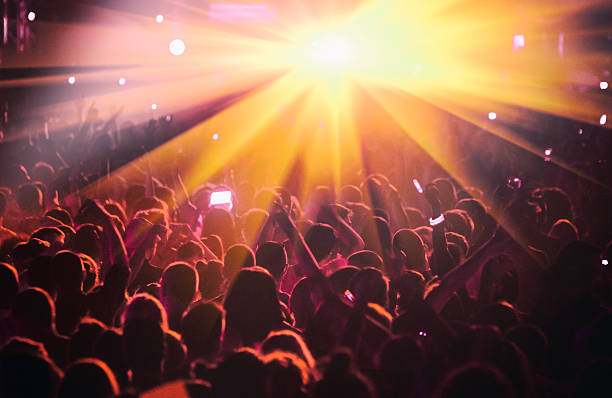All these genres include electronic music or funky dance beats. So, why are they classed as different types of music? Why don’t they all fall into the same category?
In the vast world of music, electronic music has emerged as a dynamic and diverse genre that encompasses various sub-genres. Each with its own unique characteristics and influences. While electronic, techno, house, disco, and EDM (Electronic Dance Music) are often used interchangeably, they represent distinct styles with their own histories and sounds.
Electronic music
Electronic music is a broad umbrella term. It encompasses a wide range of music produced using electronic devices, such as; synthesisers, drum machines, and computers. It is characterised by its use of electronic instruments and digital production techniques. Electronic music can span various styles and sub-genres. Including techno, house, trance, and more.
Techno
Techno originated in Detroit, Michigan, in the 1980s and is characterised by its repetitive beats, synthesised sounds, and futuristic aesthetic. It typically features a fast tempo. Ranging from 120 to 150 beats per minute (BPM).
It is known for its hypnotic rhythms and minimalist approach to composition. Techno often incorporates elements of funk, electro, and industrial music. Creating a driving and energetic sound that is well-suited for the dance floor.
House music
House music emerged in Chicago, Illinois, in the 1980s and is closely associated with the city’s underground club scene. It is characterised by its four-on-the-floor beat pattern, soulful vocals, and uplifting melodies. Various elements are similar to other genres.
House music typically features a tempo ranging from 120 to 130 BPM and is known for its infectious grooves and uplifting vibe. It encompasses various sub-genres, including deep house, acid house, and progressive house, each with its own distinct sound and style.
Disco
Disco originated in the United States in the 1970s and quickly became a global phenomenon. It is characterised by its funky basslines, orchestrations, and soulful vocals. Disco typically features a steady beat, syncopated rhythms, and a tempo ranging from 100 to 130 BPM.
It is known for its infectious energy and celebratory atmosphere. Making it a popular genre for dancing and nightlife. Back in the 70s, everyone was dancing to disco and having a good time. So many clothing styles were created around this specific music genre.
EDM (Electronic Dance Music)
EDM is a broad and encompassing term that refers to various electronic music genres. All designed for dancing and club culture. It includes a wide range of styles, such as house, techno, trance, dubstep, and more.
EDM is characterised by its high energy, pulsating beats, and melodic hooks. It has become increasingly popular in mainstream culture, with festivals, clubs, and DJs playing a significant role in its global appeal. It’s arguably the most popular in current times.
Electronic, techno, house, disco, and EDM are all distinct genres within the broader spectrum of electronic music. While they share common elements such as electronic instrumentation and danceable rhythms, each genre has its own unique history, sound, and culture. By understanding the differences, music enthusiasts can gain a deeper appreciation.







